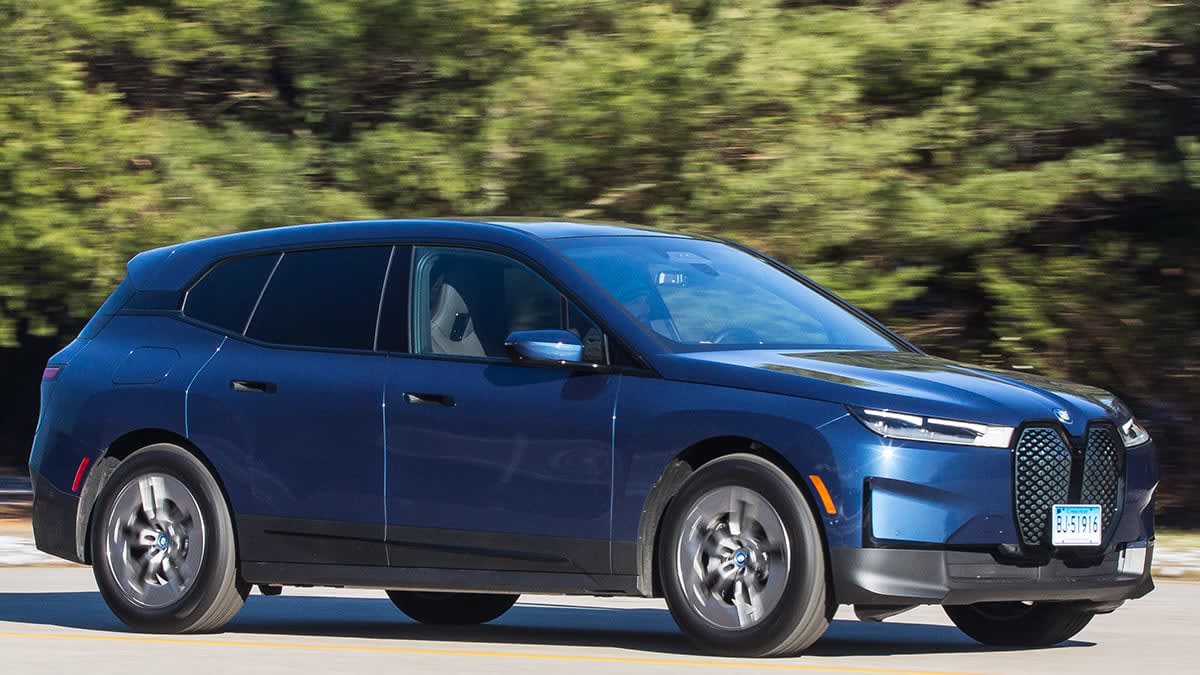Candleflame
Active Member
Just so we are clear, the reason we don’t have more practical EPA range tests is because Detroit lobbied to keep the “highway” test at 48mph so their 7000lb bricks can be advertised at getting 21mpg on the “highway.”
This is not a Tesla problem, other than a more robust gasoline infrastructure makes running out of gas early not as big a deal. Even then, your Tesla will tell you exactly where to stop and unless you have some pathological need to pick the absolutely furthest points between stops, you’ll make it.
possibly but EPA is already most real-life of all standards.... WLTP and NDEC are far worse and way less realistic. EPA you can actually hit if you do a lot of mixed cityway low speed motorway driving.... and its a good estimate of what you are going to get if you drive 85-95kmh (depending on how new the car is, older cars are more honest) which ironically is quite close to the USA " national speed limit" of 55mph. So from all the obtuse standards is by far the best.
I think rated range is easier to digest than just seeing Kwh....



